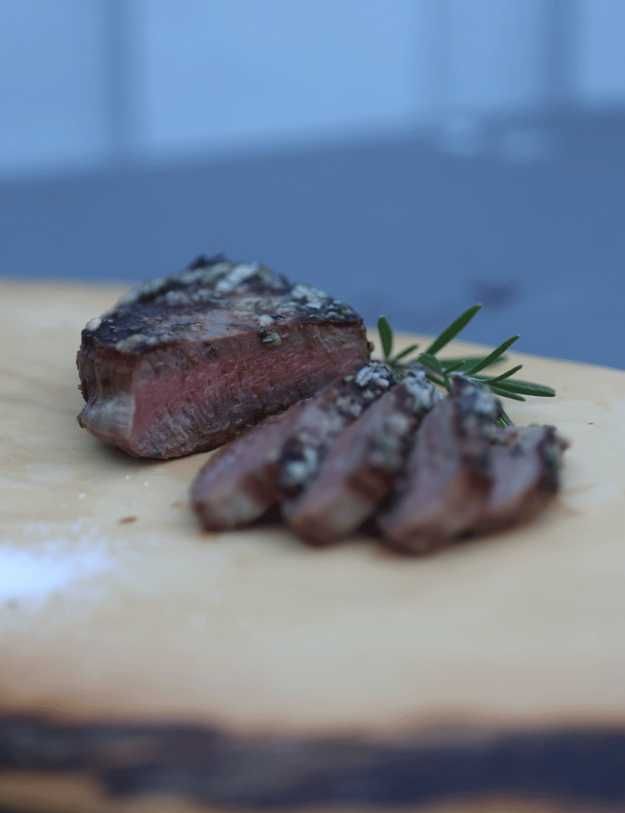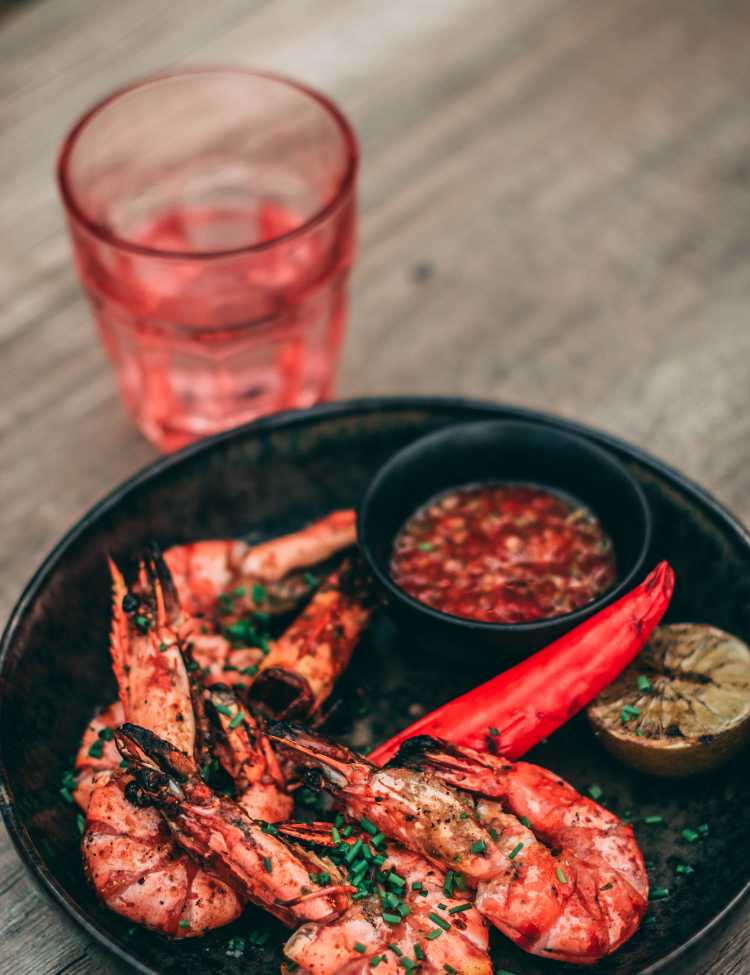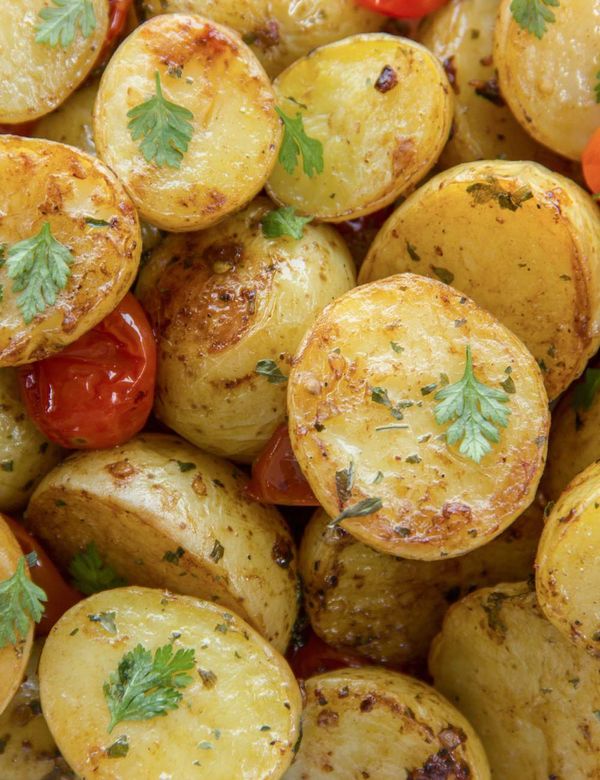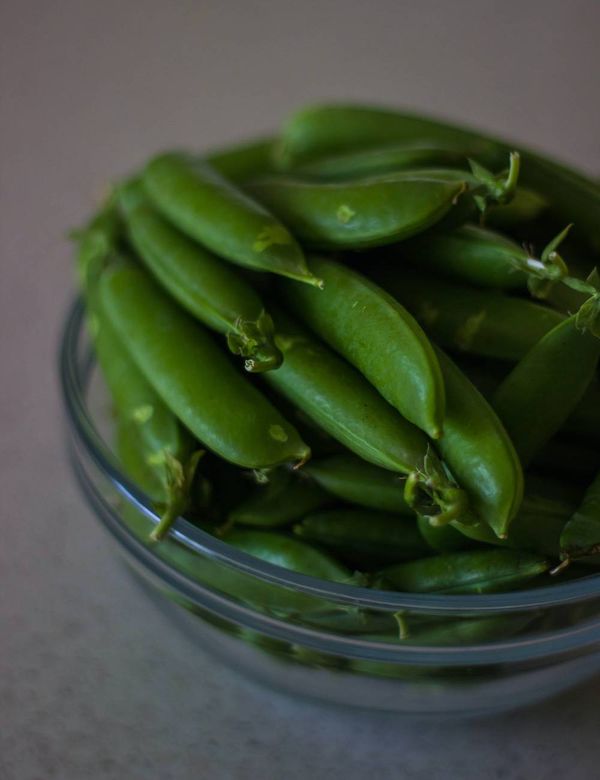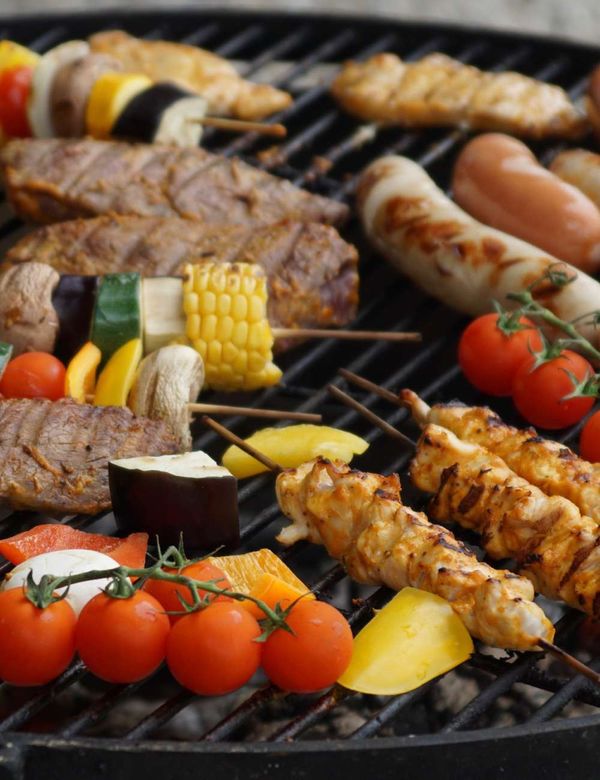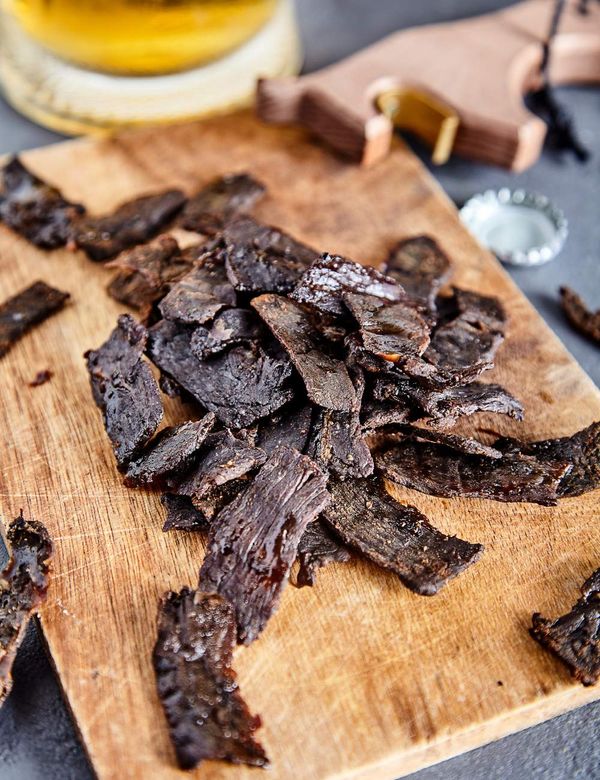Looking to master the art of cooking steak tips?
Discover all the secret tips and tricks for making sure your steak comes out perfect every time.
From marinating to searing, these helpful techniques will help ensure that every bite of steak is juicy and flavorful.
Learn all about what makes a perfectly cooked steak when you read our ultimate guide!
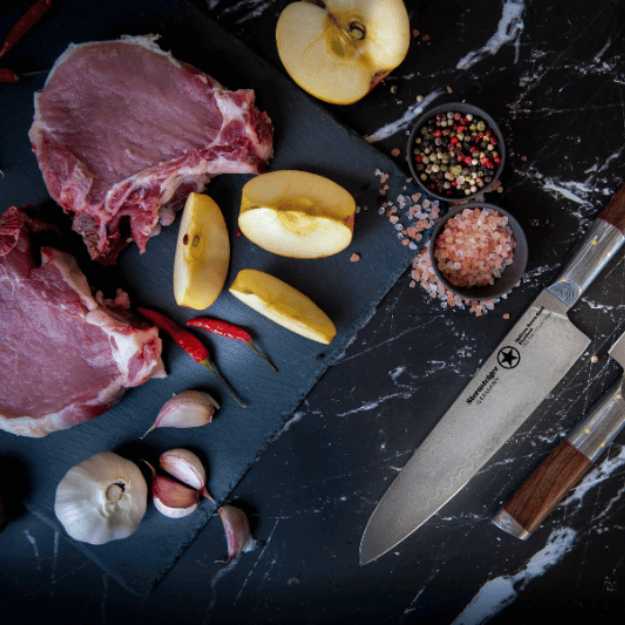
With our guide, you'll never have to worry about overcooked or undercooked steaks again.
Our tried-and-true method creates juicy, delicious steaks every single time - guaranteed.
Show off your culinary skills by creating restaurant quality steaks in your own home!
Get the ultimate guide to perfectly cooked steak tips now!
Key Points
•Selecting the right cut: Explain the importance of choosing a tender cut, such as sirloin or filet mignon, for the best results.
•Preparing the meat: Demonstrate how to trim excess fat and cut the steak into evenly sized, bite-sized pieces.
•Cooking methods: Compare and contrast different cooking methods, such as pan-searing, grilling, or broiling, and explain the benefits of each.
•Cooking time: Teach students the appropriate cooking times for their desired doneness, typically 3-4 minutes per side for medium-rare to medium.
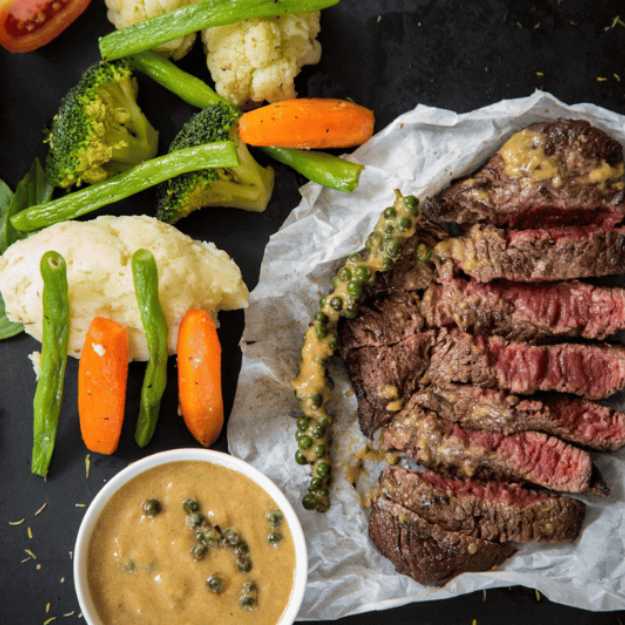
Selecting the Ideal Cut for Steak Tips
Selecting the ideal cut for steak tips is crucial for ensuring a tender, flavorful, and satisfying meal.
Since steak tips are smaller pieces of meat, it's important to choose a cut that is naturally tender and has an adequate amount of marbling.
Top sirloin steak and filet mignon are popular choices due to their tenderness and rich flavor.
The sirloin tip steak is a versatile and budget-friendly option, while the filet mignon offers a more luxurious dining experience.
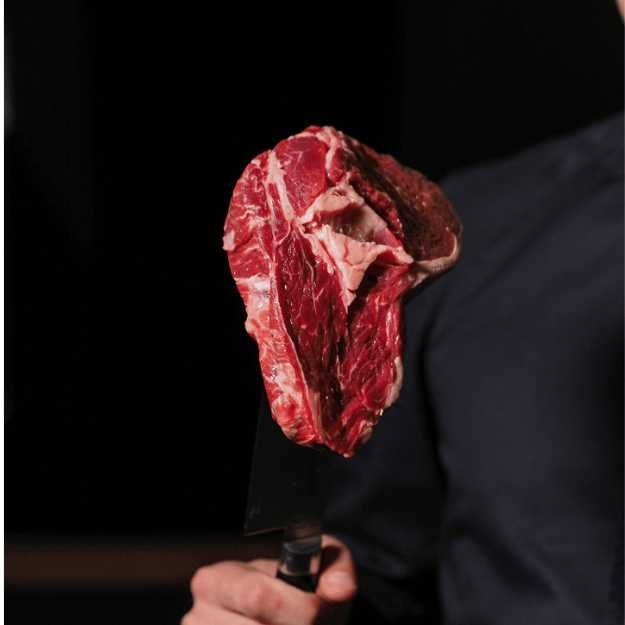
When shopping for your steak, look for cuts with even marbling throughout, as this will contribute to the juiciness and taste of the cooked steak tips.
By starting with a high-quality cut of beef, you'll be setting the stage for a delicious and memorable meal.
Exploring Seasonings and Techniques for Perfect Steak Tips
Exploring seasonings and techniques is a great way to elevate the flavor of your steak tips.
One popular way to add flavor is by marinating the steak tips in a blend of herbs, spices, and acids such as lemon or vinegar.
Another option is using a dry rub to impart flavors like garlic, cumin, or smoked paprika.
Additionally, you can experiment with different cooking techniques like pan-searing, grilling, or broiling to achieve the perfect sear and crust on your steak tips.
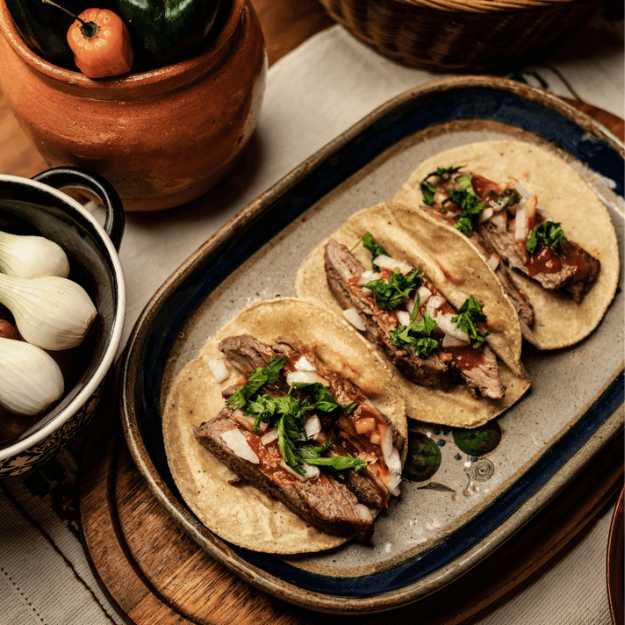
Sous vide is another technique that is gaining in popularity, particularly to make steak tips tender and juicy result.
Whatever seasoning or technique you choose, be sure to let the steak tips rest after cooking to allow the juices to redistribute throughout the meat.
With a little creativity and experimentation, you can discover the perfect combination of seasonings and techniques to make your steak tips truly unforgettable.
Trimming and Cutting the Meat
Properly trimming and cutting the meat is an essential step to prepare steak tips that are both tender and delicious.
Begin by removing any excess fat, silver skin, or connective tissue from the surface of the steak to ensure a more even and consistent texture.
While some fat is desirable for flavor and juiciness, too much can lead to chewiness and an unappealing mouthfeel.
Once the steak is trimmed, proceed to cut it into evenly sized, bite-sized pieces, ideally around 1 to 1.5 inches in size.
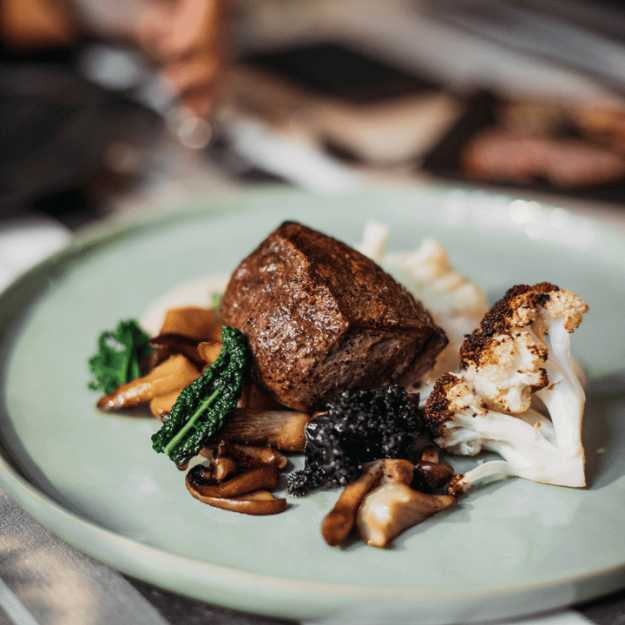
This uniformity ensures that your steak tips cook evenly and at the same rate, preventing overcooked or undercooked pieces.
By carefully trimming and cutting your meat, you'll be laying the foundation for a successful and enjoyable steak tip meal.
Flavorful Marinades for Steak Tips
Flavorful marinades play a key role in enhancing the taste and tenderness of steak tips.
A well-crafted marinade combines a mix of acids, oils, herbs, and spices to create a harmonious blend that permeates the meat and imparts a depth of flavor.
Acids like lemon juice, vinegar, or wine help to tenderize the steak, while oils such as olive or vegetable oil aid in moisture retention and promote even cooking.
Fresh herbs like rosemary, thyme, or cilantro, along with spices like garlic, paprika, or cumin, introduce layers of flavor that complement the natural taste of the beef.
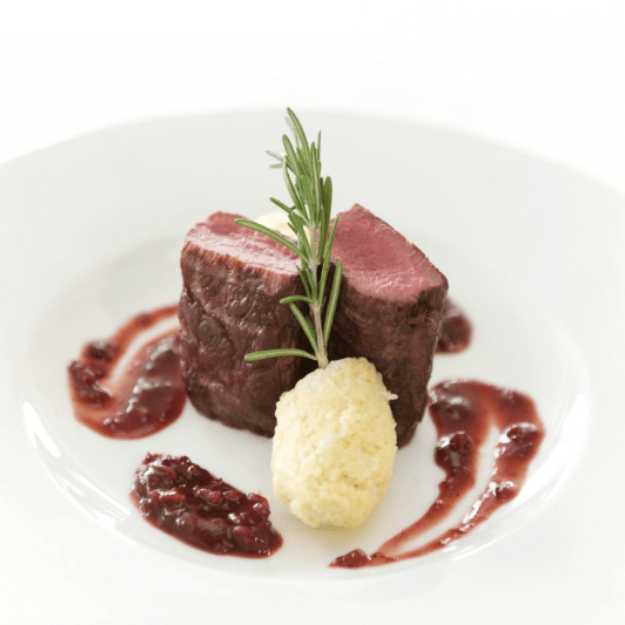
To maximize the marinating effect, it's best to let your steak tips soak in the mixture for at least two hours, or even overnight if possible.
By experimenting with various marinades for your favorite steak tips recipe and ingredients, you can achieve delicious steak bites and personalized spin on your steak tips dish.
Cooking Methods: Pan-Searing, Grilling, or Broiling
Choosing the right cooking method for your steak tips can greatly impact the final taste, texture, and presentation of your dish.
Pan-searing is a popular choice that involves cooking the steak tips in a hot skillet with a small amount of oil.
This method creates a beautiful crust and caramelization on the exterior while keeping the steak tips tender and juicy.
Grilling steak tips, another favored technique, imparts a distinct smoky flavor and attractive grill marks on the steak tips.
Grilled steak tips also allow excess fat to drip away from the meat, resulting in a leaner dish.
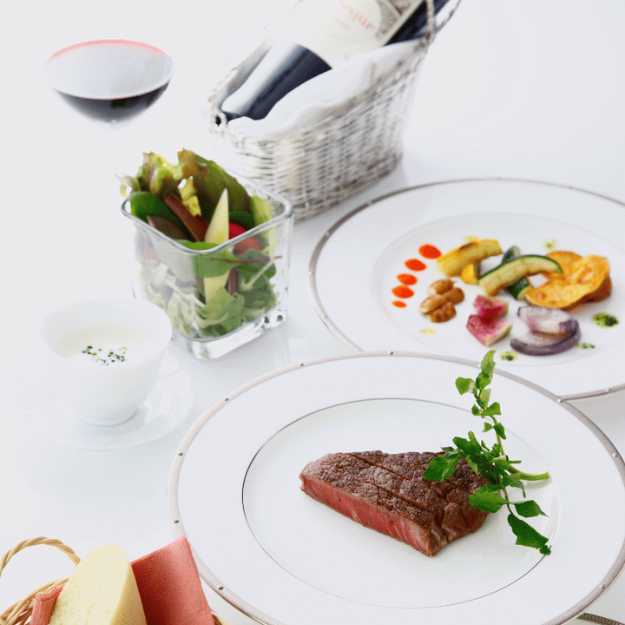
Finally, broiling involves cooking the steak tips under high heat in an oven, which yields a similar sear to pan-searing or grilling but with the convenience of indoor cooking.
Each method has its unique advantages, and the choice ultimately depends on your preference, available equipment, and desired outcome for your steak tips meal.
Achieving the Perfect Sear and Crust
Achieving the perfect sear and crust on your steak tips is essential for a mouthwatering, restaurant-quality meal.
Regardless of the cooking method you choose, there are a few key steps to follow for a beautifully seared exterior.
First, start by patting your steak tips dry with a paper towel, as excess moisture can hinder the browning process.
Next, season your meat generously with salt and your choice of spices or herbs, which will not only add flavor but also help to form a delicious crust.
When you're ready to cook, preheat your pan, grill, or broiler to a high temperature, ensuring that the surface is hot enough to create a proper sear.
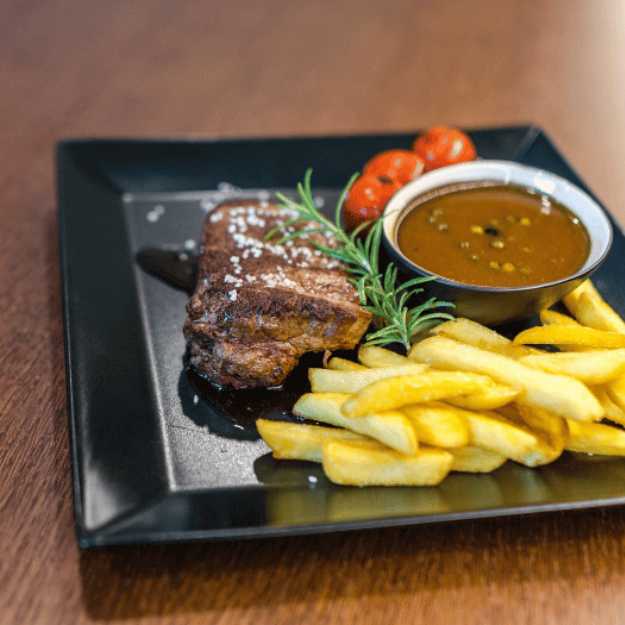
Add a small amount of high-smoke-point oil, like vegetable or grapeseed oil, to the pan if you're pan-searing or read our article about the best oils for steak.
Place the steak tips on the cooking surface, giving them enough space to avoid overcrowding and steaming.
Cook your steak tips undisturbed for a few minutes on each side until a deep golden-brown crust forms.
By following these steps, you'll be well on your way to serving up perfectly seared and flavorful steak tips.
Determining Doneness Levels
Determining the correct doneness level for your steak tips is crucial to achieving the desired texture and flavor.
The most common doneness levels are rare, medium-rare, medium, medium-well, and well-done, each with their own unique characteristics.
Rare steaks have a cool, red center, while medium-rare showcases a warm, reddish-pink hue in the middle.
Medium steaks exhibit a hot, pink center, whereas medium-well features a slight touch of pink surrounded by brown.
Finally, well-done steaks are uniformly brown throughout.
To accurately determine the doneness of your steak tips without cutting into them, use an instant-read thermometer inserted into the thickest part of the meat.
Target temperatures for each level are: 125°F (52°C) for rare, 135°F (57°C) for medium-rare, 145°F (63°C) for medium, 150°F (66°C) for medium-well, and 160°F (71°C) for well-done.
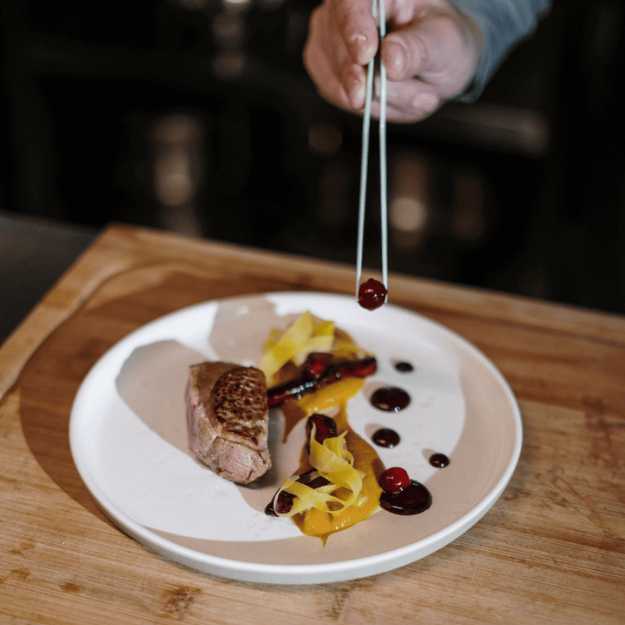
Remember to account for carryover cooking as the steak tips will continue to cook for a few degrees after being removed from heat.
By monitoring your steak tips' internal temperature and understanding the various doneness levels, you can ensure a delicious and satisfying meal tailored to your preferences.
Allowing Steak Tips to Rest for Enhanced Taste
Allowing your steak tips to rest after cooking is a vital step that significantly enhances their taste and texture.
When the meat is cooked, its juices are forced towards the surface due to the heat, leaving the interior less moist.
By setting the steak tips aside to rest for about 5-10 minutes after cooking, you provide time for the juices to redistribute evenly throughout the meat, resulting in a more tender and flavorful bite.
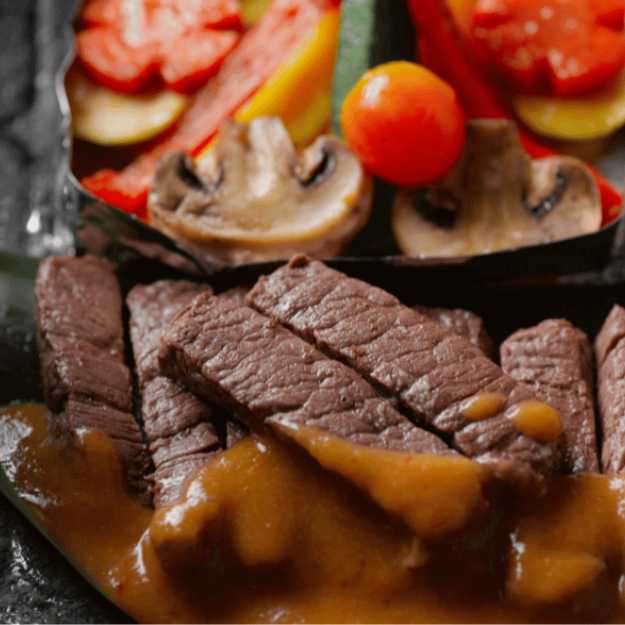
To retain warmth during the rest period, loosely cover the steak tips with aluminum foil, which will also help prevent moisture loss.
Skipping this step can lead to dry, less succulent steak tips as the juices escape when the meat is cut too soon.
By incorporating this simple yet crucial resting phase into your cooking process, you will greatly enhance the overall taste and enjoyment of your steak tips meal.
Food Safety Guidelines for Cooking Steak
Adhering to food safety guidelines when cooking steak is crucial to ensure a delicious and safe dining experience.
Proper handling, storage, and cooking practices help prevent the growth of harmful bacteria and reduce the risk of foodborne illnesses.
Start by selecting fresh, high-quality meat from a reputable source and refrigerate it promptly at 40°F (4°C) or below.
When preparing your steak, avoid cross-contamination by using separate cutting boards and utensils for raw meat and other ingredients.
Always wash your hands thoroughly with soap and warm water before and after handling raw meat.
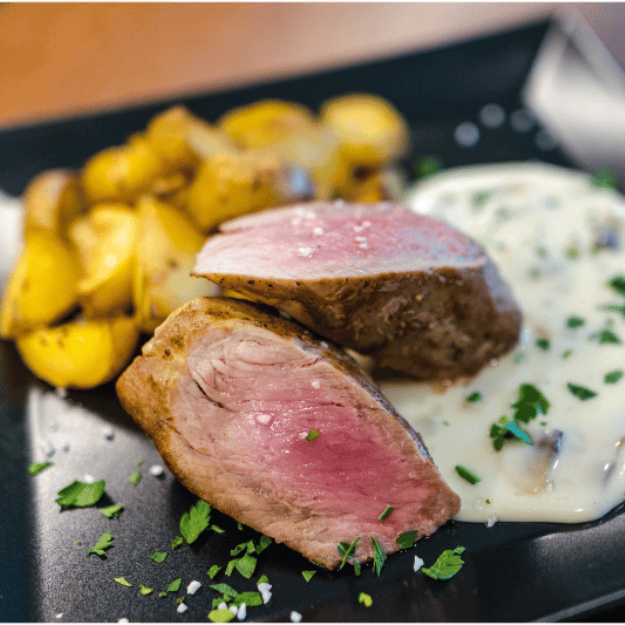
To ensure safe cooking, use an instant-read thermometer to check the internal temperature of your steak – the USDA recommends a minimum temperature of 145°F (63°C) for whole cuts of beef, followed by a 3-minute rest time.
For ground beef, a higher internal temperature of 160°F (71°C) is advised.
Lastly, store any leftovers in airtight containers and refrigerate promptly to maintain freshness and safety.
By following these food safety guidelines, you can enjoy your steak meal with confidence and satisfaction.
Complementary Side Dishes and Accompaniments
Complementary side dishes and accompaniments can elevate your steak tips meal to new heights, offering a harmonious balance of flavors and textures.
Choosing the right sides can showcase the richness of the meat while providing contrasting elements that enhance the overall dining experience.
Classic options like creamy mashed potatoes, crispy roasted potatoes, or a rich potato gratin offer a comforting and satisfying contrast to the savory steak tips.
Fresh, vibrant vegetable sides such as sautéed green beans, grilled asparagus, or a colorful salad can add a burst of freshness and a pleasant crunch.
For a more indulgent option, consider creamed spinach or a rich macaroni and cheese.
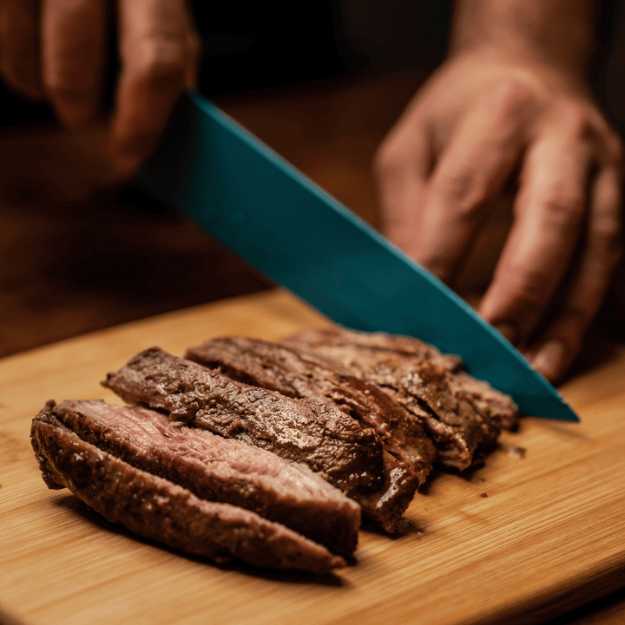
To round out your meal, include a complementary soy sauce, Worcestershire sauce, or topping, like a classic béarnaise, chimichurri, or a red wine reduction to accentuate the flavors of your steak tips.
By thoughtfully selecting side dishes and accompaniments, you can create a memorable and well-balanced meal that showcases the star of the show – your perfectly cooked steak tips.
The Ultimate Guide to Perfectly Cooked Steak Tips: FAQ Section
It can be tricky to figure out how to cook the best steak tips.
You don't want to end up with a chewy, flavorless mess.
You've read everything you can find online and followed all the instructions, but your steak tips still aren't quite right.
What are you missing?
Don't worry, we know how frustrating it can be.
That's why we created our FAQ Section with detailed information about how to cook the perfect steak tips.
Get the answers you need and get your steak cooked just right!
What is the best cut of meat for steak tips?
When it comes to steak tips, the best cut of meat is tri-tip.
Tri-tip is incredibly tender with a great flavor profile and it can be cooked in a variety of ways (grilled, smoked, braised).
It’s also economical since its price per pound remains relatively low compared to other cuts such as ribeye or sirloin.
Some recommend making tips from flank steak.
How should I marinate the steak tips for optimal flavor and tenderness?
When it comes to marinating steak tips, the key is to keep it simple.
Start by sprinkling the steak tips with salt and pepper and adding one or two tablespoons of your favorite seasoning (garlic powder, paprika, chili powder, etc.).
Then add about a quarter cup of olive oil for every pound of steak.
Let the steak sit in this marinade for at least an hour—the longer you leave it in there, the more flavor will be absorbed into the meat.
What cooking method is best for steak tips: pan-searing, grilling, or broiling?
Pan-searing is the arguably best cooking method for steak tips.
This cooking method seals in the juices and flavor, while still creating a crusty exterior that gives the steak its delicious texture.
You can also grill steak tips, and many people would say grilling is the best method!
How do I achieve a perfect sear and crust on my steak tips?
To achieve the perfect sear and crust on your steak tips, you need to focus on creating a high heat surface that will quickly caramelize the outside of the steak.
Start by heating up a flat skillet over medium-high heat for about 2 minutes before adding your steak.
When placing it in the hot pan, make sure to add oil or butter to help with browning and flavor.
Finally, let the beef cook undisturbed until it develops an even golden-brown crust.
What are the recommended cooking times for different levels of doneness?
Rare: 2-3 minutes per side for a 1” thickness.
Medium Rare: 3-4 minutes per side for a 1” thickness.
Medium: 4-5 minutes per side for a 1” thickness.
Well Done: 5-7 minutes per side for a 1” thickness.
Why is it important to let the steak tips rest after cooking?
It is important to let steak tips rest after cooking because this allows the juices and flavor to fully absorb into the meat, giving it a more tender texture.
Allowing your steak tips to rest also prevents them from drying out and keeps them at their optimal temperature for eating.
What are some food safety guidelines I should follow when handling and cooking raw meat?
First, always wash your hands with warm water and soap for at least 20 seconds before and after handling raw meat.
It's also important to keep raw meat separate from other foods while in storage or during preparation.
Use separate cutting boards for different types of food, such as one for produce and another for cooked meats.
What side dishes and sauces pair well with steak tips?
Steak tips go well with a variety of side dishes, sauces, and condiments.
Popular accompaniments include roasted or mashed potatoes, macaroni and cheese, steamed vegetables such as broccoli or carrots, grilled corn on the cob, or a fresh green salad.
How can I experiment with various seasonings and techniques to make my steak tips even more flavorful?
When it comes to making steak tips more flavorful, experimenting with various seasonings and techniques can go a long way.
To start, you'll want to use high-quality steak cuts such as sirloin or ribeye.
Bringing your steaks in a solution of oil, herbs, and spices helps tenderize the meat and adds flavor.
Best Way to Cook Steak Tips!
Well, there you have it; we have given you the ultimate guide on how to cook steak tips!
This method provides the perfect combination of flavors and textures that are sure to please even the pickiest steak tip connoisseur.
We hope that our article has been helpful and that you now feel like a master chef in the kitchen.
To never miss another post from us, be sure to subscribe so you don’t miss out on any of our future posts.
And if you enjoyed this one, don’t forget to check out some of our other related content to learn more about cooking your favorite meals.
Until then, farewell readers!
Bon Appétit!

